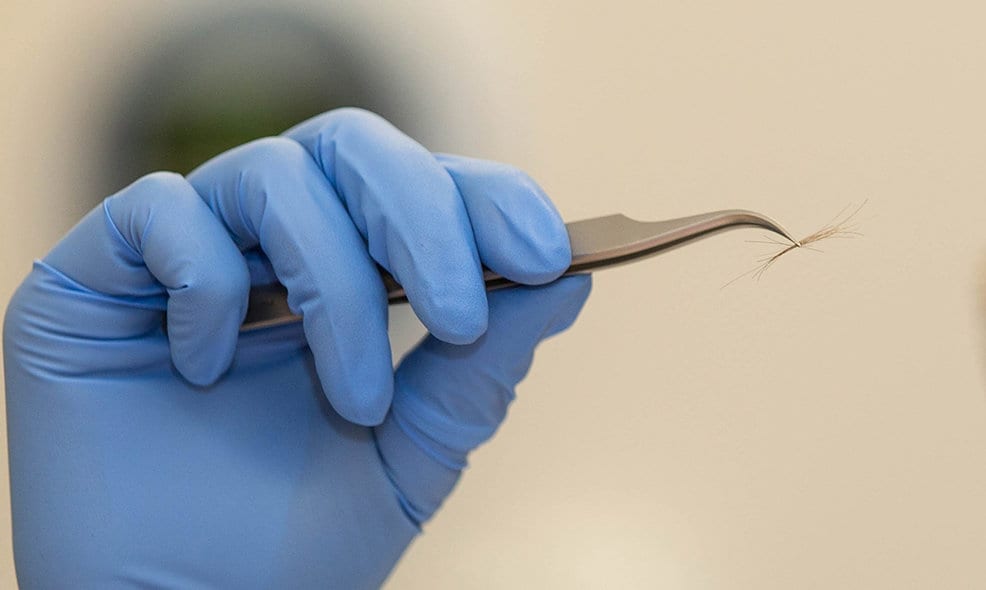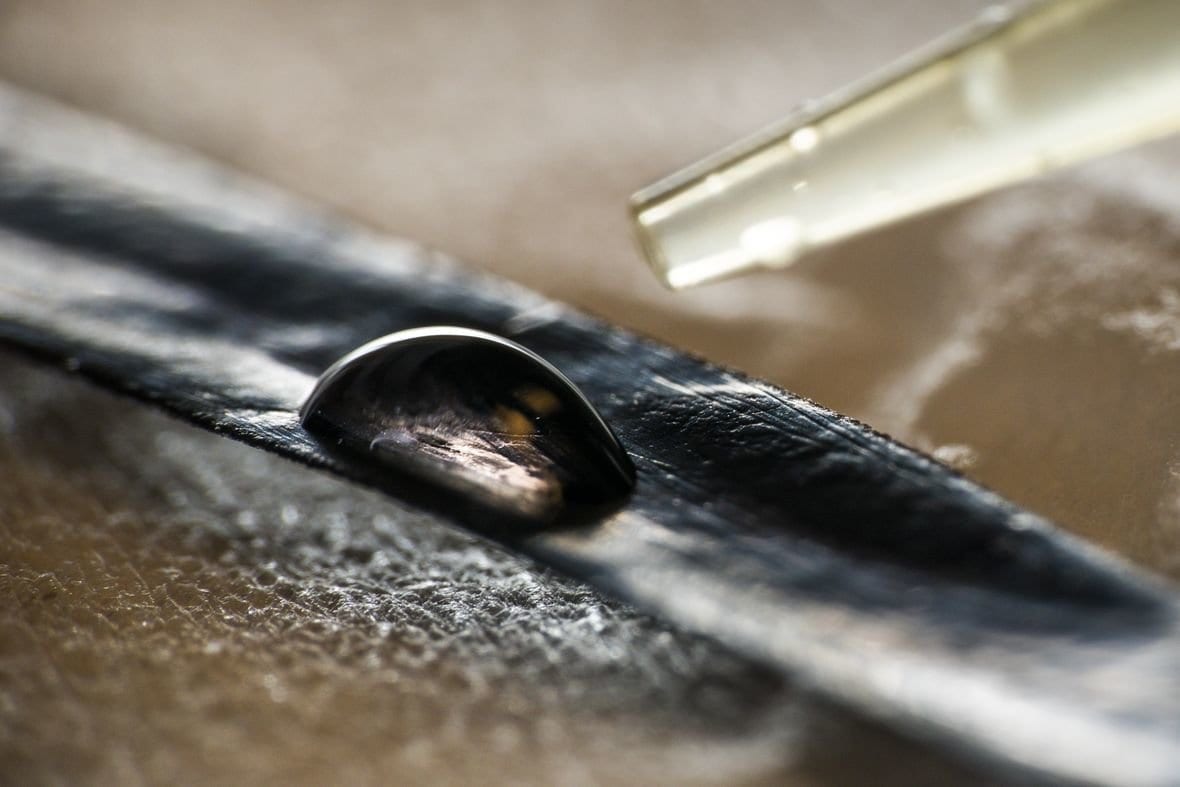
Any single hair from anywhere on the human body can be used to identify a person.
This conclusion is one of the key findings from a nearly year-long study by a team of researchers from Lawrence Livermore National Laboratory’s (LLNL) Forensic Science Center (FSC) and Michigan State University.
The team’s study, published in Scientific Reports, a journal of Nature Magazine, could provide an important new avenue of evidence for law enforcement authorities in sexual assault cases
In 2016, FSC scientists developed the first-ever biological identification method that exploits the information encoded in the proteins of human hair from people’s heads. This forensic science breakthrough provides a second science-based, statistically validated way to identify people and link individuals to evidence in addition to DNA profiling.
“This new paper focuses on elucidating more of the hair protein chemistry and its effects on the protein marker identification,” said chemist Fanny Chu, the paper’s lead author, a graduate student at Michigan State University and a Livermore Graduate Scholar, a program that allows Ph.D. students to work on their thesis at LLNL.
“We’ve already shown that we can use human hair from people’s heads for identifying people. Now the question arises: Can you get the same identification information from hair in other body locations?
“In this paper, we studied arm and pubic hair compared with head hair. We found that arm and pubic hair essentially give us the same information as head hair,” Chu continued.
It is anticipated by the LLNL-Michigan State team that the “real relevance” of their research could come in helping law enforcement authorities investigate sexual assault cases, said paper co-author and FSC chemist Deon Anex.
“Pubic hair from an assailant can often be found during an examination of a sexual assault victim. Because of this research, the analysis of protein identification markers in such pubic hair could someday be used as evidence in criminal cases,” Anex said.
Based on the protein content of the hairs, the forensic scientists indicated that they also can determine whether an individual hair is from a person’s head, arm or pubic area.
Learn more: LLNL-led study finds any single hair from the human body can be used for identification
The Latest on: Biological identification
[google_news title=”” keyword=”biological identification” num_posts=”10″ blurb_length=”0″ show_thumb=”left”]
via Google News
The Latest on: Biological identification
- Unity Health Toronto partners with Cure51 to identify the biological characteristics of survivors of incurable cancerson April 24, 2024 at 6:00 am
Cure51, a Techbio company seeking to unlock the biological mechanisms responsible for exceptional survivors among cancer patients, is proud to announce its latest partnership with Unity Health Toronto ...
- Biden’s new Title IX revisions are a repulsive attempt to erase biological truthon April 22, 2024 at 8:11 pm
The Biden administration has announced plans to kneecap lady athletes — introducing sweeping, radical changes to Title IX.
- Pregnancy Can Speed up Biological Aging in Women, According to a New Studyon April 19, 2024 at 2:54 pm
Researchers at Columbia’s Aging Center studied a group of women and found that mothers with multiple kids had more signs of aging than those who had never given birth.
- How 'social contagion' could be driving some youth to identify as transgenderon April 19, 2024 at 9:33 am
The most furiously contested suggestion is that some young people are identifying as trans because of a “social contagion” spread through peers and social media.
- House Republicans call for NCAA ban on biological men in women’s sportson April 18, 2024 at 5:00 am
The lawmakers penned a letter to NCAA President Charlie Baker that asks him to limit participation in women-only sports to biological women.
- Majority of elite female athletes favor categorization by biological sex, research showson April 18, 2024 at 2:55 am
A majority of elite, world-class female athletes prefer sports to be categorized by their competitor’s biological sex rather than their gender identity, a new study shows. The report ...
- Minot officials identify hazardous areas for federal fundingon April 17, 2024 at 8:59 pm
The Board of Selectmen passed a resolution Tuesday approving a list of areas in town that could pose biological, manmade or natural hazards. The 2024 Androscoggin County Hazard Mitigation Plan gives ...
- House Republicans Call for NCAA Ban on Biological Men in Women’s Sportson April 17, 2024 at 5:00 pm
Under current NCAA rules, biological male athletes who self-identify as women can participate in women-only sports competitions if they take testosterone suppressants and bring down their ...
- Fort Collins lawmaker champions first-in-the-nation biological data privacy billon April 17, 2024 at 8:00 am
for identification purposes. Biological data includes neural data, which is information that is generated by the measurement of the activity of an individual's central or peripheral nervous ...
- Elite athletes call for biological sex over gender in sport in wide-ranging studyon April 16, 2024 at 4:01 pm
The large majority of retired athletes (83 per cent) and current Olympic athletes (64 per cent) believed sport should be categorised by biological sex, but the percentage was much lower (32 per cent) ...
via Bing News










